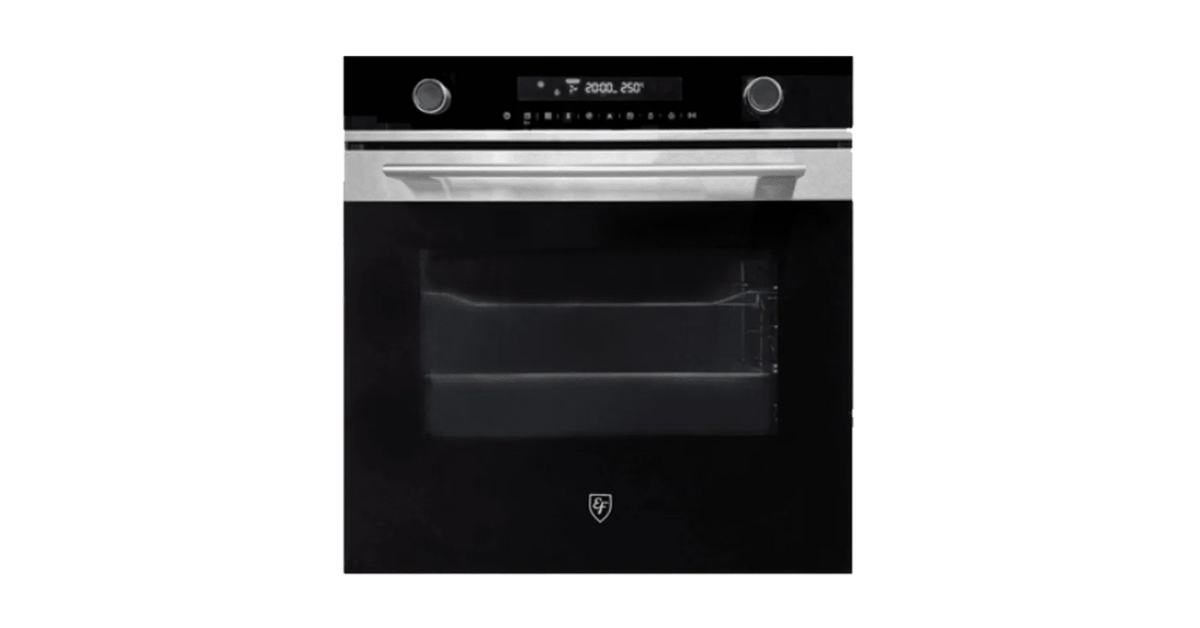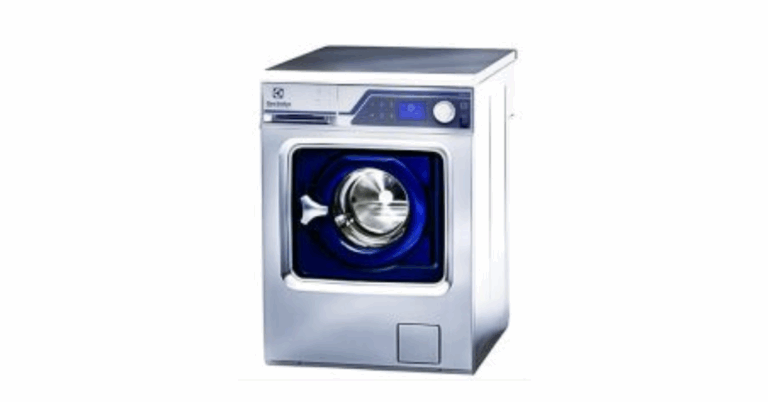Best Built-In Oven Singapore: Elevate Your Kitchen with Smart Choice
When you’re ready to upgrade your kitchen and add an appliance that blends style, performance and everyday convenience, look no further than the Best Built In Oven Singapore. A built-in oven gives your kitchen a seamless, modern aesthetic it’s flush with your cabinetry, looks elegant and delivers serious cooking power. As showcased by EF Home Appliances’ specialized selection of built-in ovens in Singapore, the right model can combine premium European finish, smart engineering and features that are tailored to local homes.
In this article, we’ll walk you through why a built-in oven is such a smart investment in Singapore, what features to look for, how to assess value and fit for your space, and key tips to make sure you get the right model that delivers chef-level results and day-to-day reliability.
Why choose a built-in oven in Singapore?
Singapore homes often face space constraints and demanding design aesthetics you want your appliances to be both functional and visually integrated. A built-in oven answers both of these needs:
-
Seamless integration: Because built-in ovens are designed to fit into cabinetry rather than sit as a free-standing unit, they help create a streamlined, minimalist look. The range from EF points this out: “premium European design with sleek exteriors and modern finishes that easily blend into any kitchen decor”.
-
Optimal ergonomic placement: When installed at the right height (for example eye-level), such ovens make it easier to load/unload heavy dishes without excessive bending. That ergonomic advantage matters especially for frequent use.
-
Strong performance in a standard footprint: The EF range emphasises “large internal capacities, allowing you to prepare multiple dishes simultaneously”. So even in compact Singapore kitchens you can still access robust cooking functionality.
-
Specialised features for the home cook: Singapore’s home cooks are increasingly experimental — tackling baking, roasting, steaming and multi-dish meals. A built-in oven with multi-function and smart features supports this ambition, as the EF site notes their collection “combines the finest technologies and brilliant design for the perfect cooking experience”.
Given these benefits, it makes perfect sense to consider the best built-in oven Singapore when you’re upgrading your kitchen. But success depends on choosing the right features and model.
What features really matter in a built-in oven
With so many models on the market, it’s worth focusing on features that will give strong value for your setup. Based on expert guidance and home appliance industry insights, here are key features to prioritise:
1. Cooking modes & heat distribution
Look for convection (fan-circulated air) rather than only standard radiant heat. Convection provides more even cooking and often faster results. Dual- or multiple-mode ovens (grill, bake, steam, roast) give you more flexibility.
2. Size and capacity
Check the internal capacity and the dimensions to ensure it fits your cabinetry. Built-in ovens often vary in width, depth and height — consult the installation space carefully.
3. Control system & interface
Intuitive controls make a difference: digital displays, touch panels, preset programmes vs only manual knobs. These improve ease of use.
4. Energy efficiency & cleaning functionality
Efficient insulation (less heat lost to surroundings) saves power, which matters in Singapore. Also useful: self-clean or steam-clean functions to ease maintenance.
Note: Some self-clean cycles can stress the appliance — so weigh pros and cons.
5. Build quality, finish and installation fit
Sleek finishes such as stainless steel or black glass give modern aesthetics; flush-fit design, quiet operation and good ventilation matter. Also verify wiring, ventilation and ensure compatibility with your kitchen setup.
6. Brand support and servicing in Singapore
Given humid environment conditions and heavy usage, local service availability, warranty terms and parts availability matter. The EF range emphasises their local support (“we firmly believe in eco-responsibility … energy-efficient ovens”).
How to evaluate built-in oven models for your kitchen in Singapore
Here’s a checklist you can run through when comparing models and determining what suits your home:
-
Measure the installation space: Width, height, depth, clearances for ventilation and door swing.
-
Cooking needs: Do you frequently bake or roast large items? Hosting dinner parties? Then a larger capacity or multi-function (steam, combi) model may serve better.
-
Budget vs value: Premium finishes and extra functions cost more. Decide which features you will actually use. EF’s site mentions offering “competitive prices for built-in oven Singapore … ensuring quality appliances within your budget”.
-
Aesthetic match: Choose a finish that blends with your cabinetry and overall theme — e.g., black glass door, stainless steel surround, minimal-frame design.
-
Energy and long-term cost: A more efficient oven might cost more upfront but save in electricity and longevity.
-
Service and warranty: How long is the warranty? Is there readily available local support? Are spare parts stocked in Singapore?
-
Installation logistics: Built-in ovens require proper installation, potentially modifications to your cabinetry or ventilation. Plan ahead for this.
Built-in oven trends and innovation you should know
As the home appliance industry evolves, built-in ovens are gaining more smart and user-friendly capabilities. Here are some emerging trends:
-
Steam-combination cooking: Some built-in ovens now include steam injection, which helps retain moisture and flavour in meats, vegetables and baked goods. EF explicitly mentions “steam oven … revolutionises cooking … enhances taste and texture”.
-
Smart controls and connectivity: WiFi or app control, remote monitoring and preset recipe modes are growing in mid-to-premium models.
-
Dual-cavity/double ovens: Two compartments allow simultaneous cooking at different temperatures — great for large families or multi-course meals.
-
Eco and energy-saving modes: With rising electricity costs, ovens that preheat faster or use better insulation are gaining interest. EF emphasizes “energy-efficient ovens … contribute to a greener, more sustainable future.”
-
Improved interface and cleaning systems: More intuitive touch panels, easier-to-clean interiors, and better rack systems.
Understanding these trends helps future-proof your choice so you get an oven that remains relevant as your cooking habits evolve.
Common pitfalls (and how to avoid them)
When choosing a built-in oven in Singapore, some common mistakes occur. Here’s how to avoid them:
-
Ignoring ventilation or clearance needs: Built-in ovens generate heat — insufficient ventilation can reduce lifespan or cause overheating.
-
Buying the largest capacity blindly: If you rarely use the oven or have limited space, a smaller capacity model might be more efficient and cost-effective.
-
Over-paying for features you seldom use: Smart features, app connectivity or dual-cavity are brilliant, but only helpful if you’ll utilise them.
-
Forgetting compatibility with cabinetry: The oven must fit flush, and doors must open without obstruction.
-
Skipping local support and servicing check: If there’s no local servicing, maintenance becomes a headache.
-
Underestimating energy cost and cleaning load: A cheap oven with poor insulation may cost you more long-term in electricity and repairs.
Why a dedicated built-in oven makes sense vs a freestanding range
In Singapore’s kitchen context, here’s why you might favour a dedicated built-in oven instead of a freestanding range:
-
With a built-in oven, you decouple cooking surfaces: you could pair it with a separate cooktop/hob (induction or gas) and position the oven at a convenient height. This gives you design flexibility and ergonomic advantage.
-
Built-in installations often provide a cleaner aesthetic: you avoid the bulky range dominating the visual field, and cabinetry can wrap around the oven more seamlessly.
-
It may allow for better workflow: for example, place the cooktop on the island and the oven in side cabinetry, keeping heavy lifting away from the cooktop area.
-
In limited kitchens, having the oven at chest height can save bending and make it easier to monitor cooking progress — especially useful in compact Singapore kitchens.
-
From a resale or interior design perspective, a built-in oven is often viewed as a premium upgrade, potentially adding value or appeal to the property.
Final thoughts: Making your decision with confidence
To recap: selecting the best built-in oven Singapore is not just about picking the most expensive model. It’s about aligning the right features to your cooking habits, kitchen space, aesthetics and future needs.
By using a trusted supplier’s range (like the EF collection which emphasises quality, European design and Singapore-specific suitability) you already gain a head-start. Then, by applying the feature checklist, assessing your space and budget, and accounting for installation and servicing, you’ll be well-positioned to choose an oven that serves you for years.
Whether you’re baking bread, roasting a family dinner, steaming vegetables or simply want a clean, modern kitchen finish — the right built-in oven helps elevate your kitchen experience. So when you next say “I’m ready for the best built-in oven Singapore,” you’ll not just be buying a piece of equipment you’ll be upgrading how you live and cook.
Bonus tip: Maintenance and longevity
Once the oven is installed, keep it running reliably by:
-
Regularly cleaning the interior and door seals to maintain efficiency.
-
Avoiding overloading the oven beyond its recommended capacity or using cookware that blocks vents.
-
Using the right function (e.g., convection vs bake) for the task this helps prevent uneven cooking and stress on components.
-
Checking gasket/seals annually if the door doesn’t shut tightly, heat escapes and energy use rises.
-
Scheduling service if you notice inconsistent heating, unusual noises or delayed pre-heat times.
With proper care, your built-in oven should deliver top performance, look great, and become a trusted part of your kitchen for many years to come.







